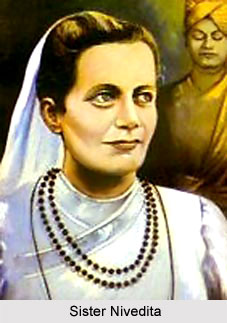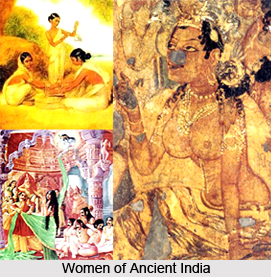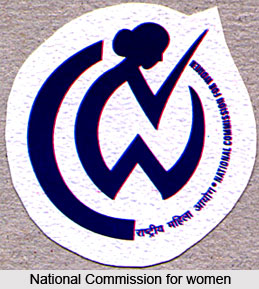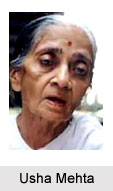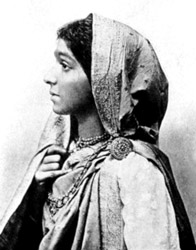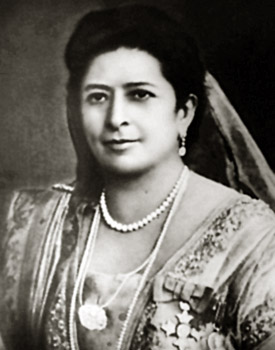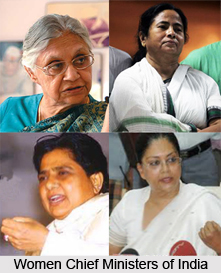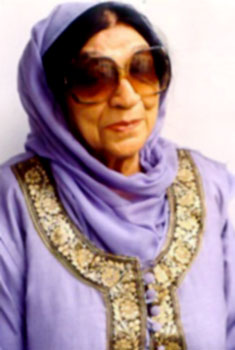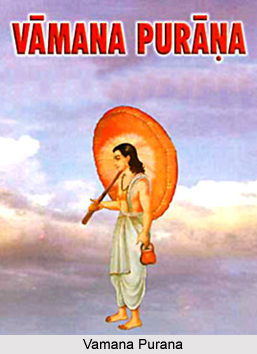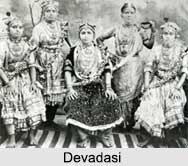 Women in Telengana Movement form a very prominent part of the history of the state of Hyderabad. The Telengana people`s struggle, lasting from 1946 to 1951, was the armed uprising of women and men against the oppressive policies of the Nizam of Hyderabad. During the time, Hyderabad was India`s largest princely state with a population of over seventeen million. About 40 percent of the people lived on feudal estates where powerful owners had their own courts and jails. There was extreme exploitation of the labourers due the feudal system, especially women. The feudal network called for manual labour, including both men and women, in the context of the feudal business. The women were subject to various different forms of exploitation most of them even based on assault and sexual subjugation.
Women in Telengana Movement form a very prominent part of the history of the state of Hyderabad. The Telengana people`s struggle, lasting from 1946 to 1951, was the armed uprising of women and men against the oppressive policies of the Nizam of Hyderabad. During the time, Hyderabad was India`s largest princely state with a population of over seventeen million. About 40 percent of the people lived on feudal estates where powerful owners had their own courts and jails. There was extreme exploitation of the labourers due the feudal system, especially women. The feudal network called for manual labour, including both men and women, in the context of the feudal business. The women were subject to various different forms of exploitation most of them even based on assault and sexual subjugation.
Even though the upper and middle class women, both Hindu and Muslim, were able to escape the oppression faced by the peasant women, they too were controlled by the Purdah System. Under the Nizam, Hyderabad was one of the most backward of the princely states. Social reforms and institutions for female education, measures that had begun to transform the lives of some women in British India and other princely states, were unknown in Hyderabad.
The very urge of revolting against the Nizams therefore became a burning issue not only with the males but also amongst the women. The excessive immorality and the extreme de-humanising conditions paved the way for the Telengana revolt in which women were to play a prominent part.
Work of Women`s Organisations
By the 1930s women`s organizations had survived strong opposition and established branches in Hyderabad. At first the meetings were places for upper and middle-class women to socialize but they soon became forums for the discussion of women`s issues. Their work on behalf of education and social reform nurtured women leaders who increasingly became aware of larger political and economic issues. When it was clear India would become independent, the Nizam began to negotiate with the British regarding his future. The Communist Party saw his regime crumbling and called on the All-India Trade Union Congress, the All-Hyderabad Student`s Union, and the women`s organizations to join it and the Andhra Mahasabha against the Nizam. At its height the Telangana movement included 3,000 villages and over three million people.
Role of Women in the Telengana Struggle
 Women played an important role in this struggle. There were deliberate attempts to mobilize women and in doing so the issues especially important to them- wages, wife-beating, childcare, hygiene, the right to breast-feed infants during work, food and even lavatories were discussed. In the final analysis, the very fact that these issues were raised was enough to gain the loyalty and support of women without. Women fought, side by side with men, for land, better wages, an end to forced labour and against exorbitant interest rates. And they were the victims of some of the worst atrocities.
Women played an important role in this struggle. There were deliberate attempts to mobilize women and in doing so the issues especially important to them- wages, wife-beating, childcare, hygiene, the right to breast-feed infants during work, food and even lavatories were discussed. In the final analysis, the very fact that these issues were raised was enough to gain the loyalty and support of women without. Women fought, side by side with men, for land, better wages, an end to forced labour and against exorbitant interest rates. And they were the victims of some of the worst atrocities.
In the liberated areas peasants seized and redistributed land and put an end to bonded and forced labour. In 1948 Hyderabad state was incorporated into India by a police action and the Indian army moved to suppress this uprising. By 1950 the Communists decided to follow the Chinese model and designated Telangana the "Yenan of India." In response, the army intensified its efforts causing moderate sympathizers to withdraw their support. In 1931 it was obvious there was little chance of victory and the movement was called off.
The Telangana movement had brought substantial gains for the peasantry. Many were able to retain the land they had acquired and forced labour ended. The biggest benefits for women that emerged from the success of the Telengana Movement was the end of forced labour, the end of the shocking system of adi bapa and the forced making of concubines.
